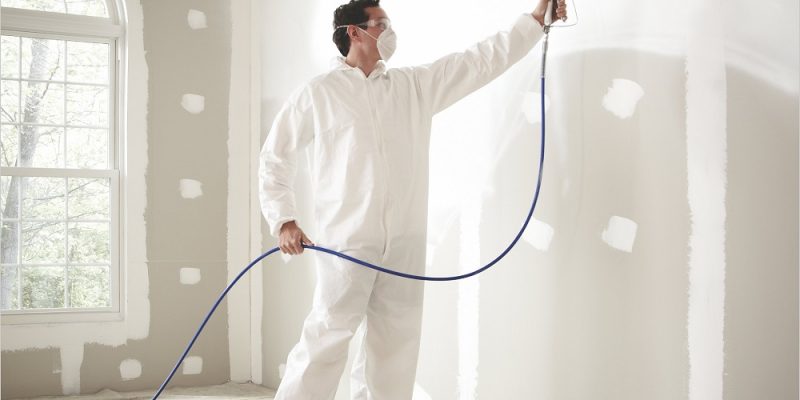One little visitor, paint blushing, could destroy a perfect paint finish. It clouds the surface, sneaks into fresh coats, and leaves a milky haze where shine should be. However, it could appear like a bit of imperfection, but blushing points to a more serious underlying issue. Knowing how to spot, repair, and avoid it will save time, money, and pride in your craft.
What Is Paint Blushing?
Blushing happens when humidity gets stuck in a quick-drying solvent-based paint. Usually, these results from a fast temperature decrease or high humidity—the outcome: a white, murky cast that slows the polish.
The culprit is condensation. Moisture disturbs the solvent’s capacity to evaporate as it gathers in the drying film. This results in an undesirable milky look, most evident on glossy or dark finishes.
Why It Happens
Blushing is caused by several factors:
- High humidity levels while applying.
- Inadequate ventilation in closed painting spaces.
- Chilled surfaces or air impede solvent evaporation.
- Acrylics or fast-drying lacquers that readily trap moisture.
Even experienced experts can fall victim if the weather changes or if the work is rushed. Planning and awareness are absolutely critical.
Correcting Paint Blushing
If the damage is done, don’t freak out. If addressed quickly, fixing paint blush is relatively easy.
Here is how to remove the haze:
- Available at paint supply shops, a blush remover is designed to resurface the surface and release caught moisture.
- To revive the finish, lightly spray the afflicted area with the right thinner.
- Should the blush stick around, sand the surface softly and repaint in appropriate conditions.
First, always test on a small area; be mild.
Stopping Paint Blushing
Every time, the wiser choice is prevention. One needs awareness and some disciplined steps to avoid paint blushing:
- Steer clear of painting on damp days. Before taking a brush, check the forecast.
- Make sure the room is adequately ventilated. Airflow speeds the release of solvents and avoids moisture buildup.
- For operations in hot or damp environments, use slower-drying thinners.
- Prepare the surface. Before painting, make sure it’s at room temperature, clean, and dry.
Preparation is everything for professional outcomes. Missing these procedures will compromise the whole project.
When To Call In The Pros
Some careers require professional attention, particularly when high-end finishes or climate-sensitive materials are present. Calling specialists like Bay Valley Painting guarantees quality and peace of mind for homeowners or contractors experiencing ongoing problems.
Their crew understands the scientific rationale behind surface preparation and finished coating. From correcting paint blush to completely preventing it, they provide experience and precision to every coating.
Last Remarks
Though it appears like a surface fault, paint blushing exposes process and condition cracks. With expertise and caution, you can bypass this typical mistake. And should it hit, relax; with the right touch and instruments, it can be fixed.

Comments